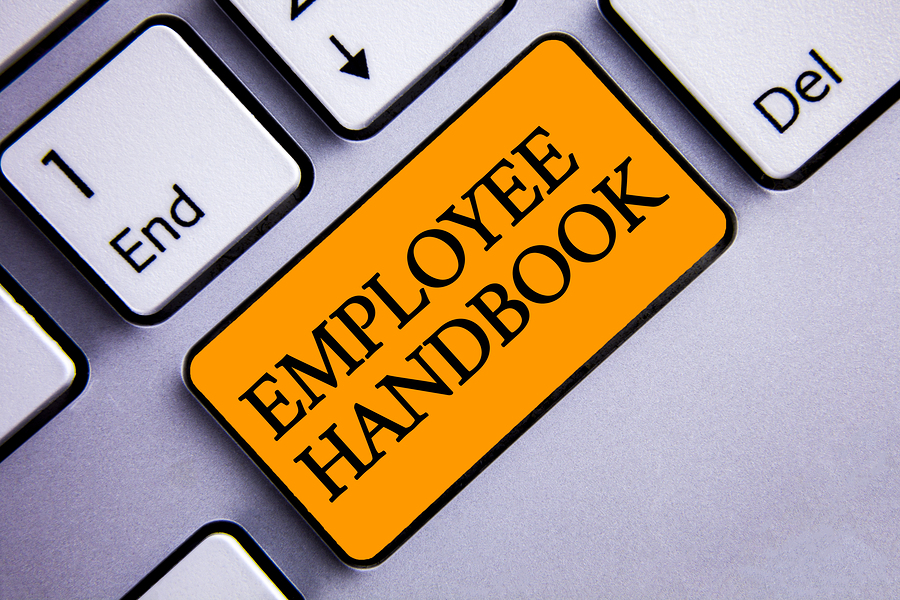Talent Management
A well-written employee handbook can be a key factor in avoiding or dealing with employee problems in the future. It can also be a very effective tool to help with the successful onboarding of new staff.
Over the years, I have been surprised how often employee handbooks actually get read. Employees frequently read them when they first start working (to quickly learn what is expected). Employee handbooks also tend to get attention when there is a people related problem and employees or managers want to know the process/protocol for getting things back on track.
Not having an employee handbook can be a missed opportunity to provide clarity on what you expect from your staff. It can also open you up to risk. I recall assisting a client who was in the process of exiting a disruptive employee. Unfortunately, the situation ended up in litigation. Since there were no policies in place, the employer found himself in a weak position since he could not describe which polices the disruptive employee had violated.
Following are some tips on writing an effective employee handbook:
- KISS – Keep it simple
Make it easy to read and understand. To the degree that you can avoid legalese and long, complicated sentences. Be clear on expectations of your employees. - Make sure it fits your culture
The employee handbook should be a reflection of the culture your leadership team is building. If you are a creative organization with a fun culture, that should be reflected in your employee handbook. Include some cool graphics and perhaps a little humor. - Make sure nothing you write gets you sideways from a legal compliance perspective
Avoid conflicts with federal, state and local laws and regulations. - Get help
If your HR department is skilled in drafting employee handbooks, be sure to get their involvement. If not, make sure you utilize an experienced HR Consultant. Make sure you also work with a qualified employment attorney who will ensure legal compliance.For a good overview of employee handbook options, I suggest reading The Essential HR Handbook… by Sharon Armstrong and Barbara Mitchell. Employee handbook templates can also be obtained from the Society for Human Resource Management (SHRM)
If you are interested in learning more about how you can build or refresh an employee handbook, click HERE to schedule a quick introductory phone call.




